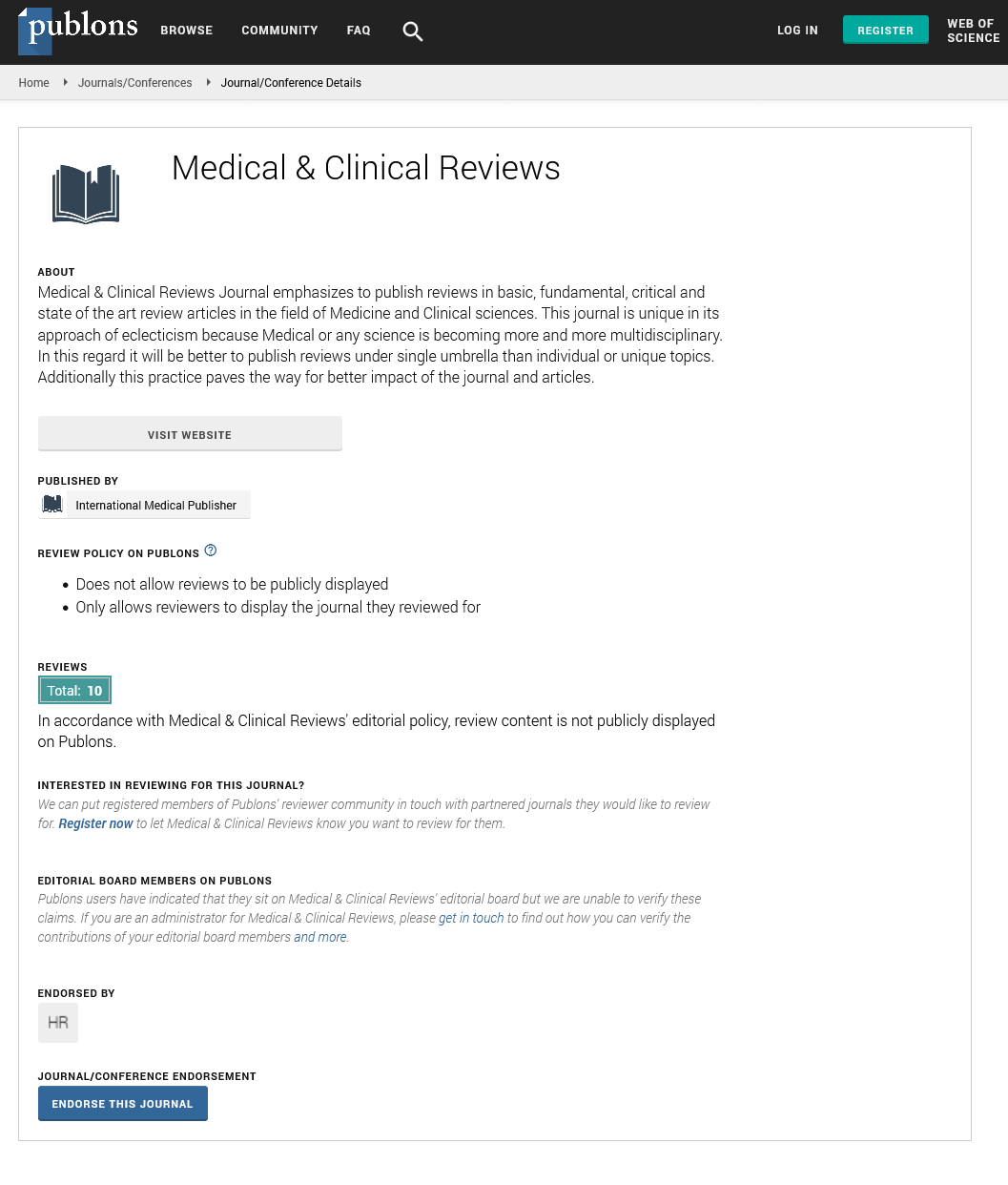Abstract
Applications of Hyperbaric Oxygen Therapy in Plastic Surgery
This study reviews the use of Hyperbaric Oxygen (HBO2) therapy in plastic surgery patients. HBO2 increase tissue oxygenation with increased oxygen pressure, secondary to the increased oxygen levels, neovascularization, vasoconstriction, activation of fibroblast activity, stimulation of collagen production, anti-inflammatory effects, immune stimulation are seen in the tissue. It might be helpful with; radiation induced necrosis, necrotizing fasciitis, crush injury, compartment syndrome, burns, compromised flap and graft surgery, prevention of scar formation, facelift surgery, ischemic non healing chronic wounds, minimally invasive procedures, replantation and revascularization in plastic surgery. Crush injury and compartment syndrome appear to benefit through preservation of ATP in cell membranes and reduces the leak into the interstitial space in the damaged tissues which limits edema. Radiation induced necrosis may cause decreased success rate of performed free flaps, difficulty in graft security, decreased viability of flaps, and the risk of repeated surgery. It also increases tissue oxygen tension in necrotizing fasciitis wounds whether caused by either a single organism or more frequently by a variety of microbes — both aerobic and anaerobic, thereby salvaging critically ischemic areas. In burn patients reducing edema, decreasing fluid requirements thus allows shorter hospital stays and decreased number of surgeries. In compromised graft and flap HBO2 increase vessel diameter and revascularization, shortens recovery time with decreased tissue edema by vasoconstriction and pressure. HBO2 appear to benefit as an adjunctive therapy where vicious cycle of hypoxia, inflammation and edema is seen in perioperative plastic surgery procedures.
Author(s): Cagla Cicek 1 and Tuna Gumus 2
Abstract | Full-Text | PDF
Share this

Google scholar citation report
Citations : 906
Medical & Clinical Reviews received 906 citations as per google scholar report
Medical & Clinical Reviews peer review process verified at publons
Abstracted/Indexed in
- Google Scholar
- China National Knowledge Infrastructure (CNKI)
- Directory of Research Journal Indexing (DRJI)
- WorldCat
- Publons
- Secret Search Engine Labs
Open Access Journals
- Aquaculture & Veterinary Science
- Chemistry & Chemical Sciences
- Clinical Sciences
- Engineering
- General Science
- Genetics & Molecular Biology
- Health Care & Nursing
- Immunology & Microbiology
- Materials Science
- Mathematics & Physics
- Medical Sciences
- Neurology & Psychiatry
- Oncology & Cancer Science
- Pharmaceutical Sciences


